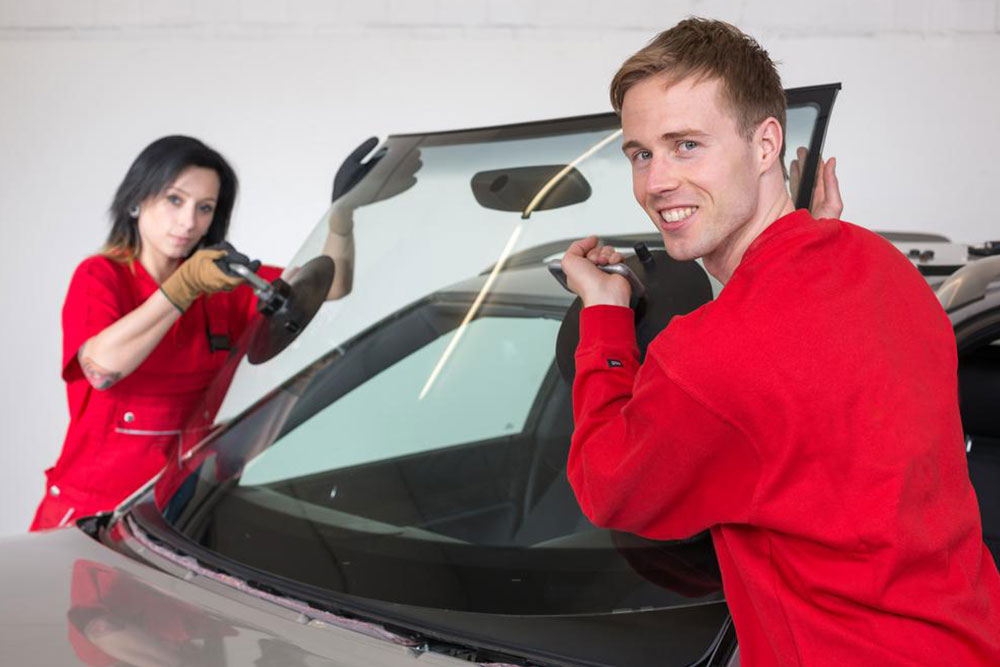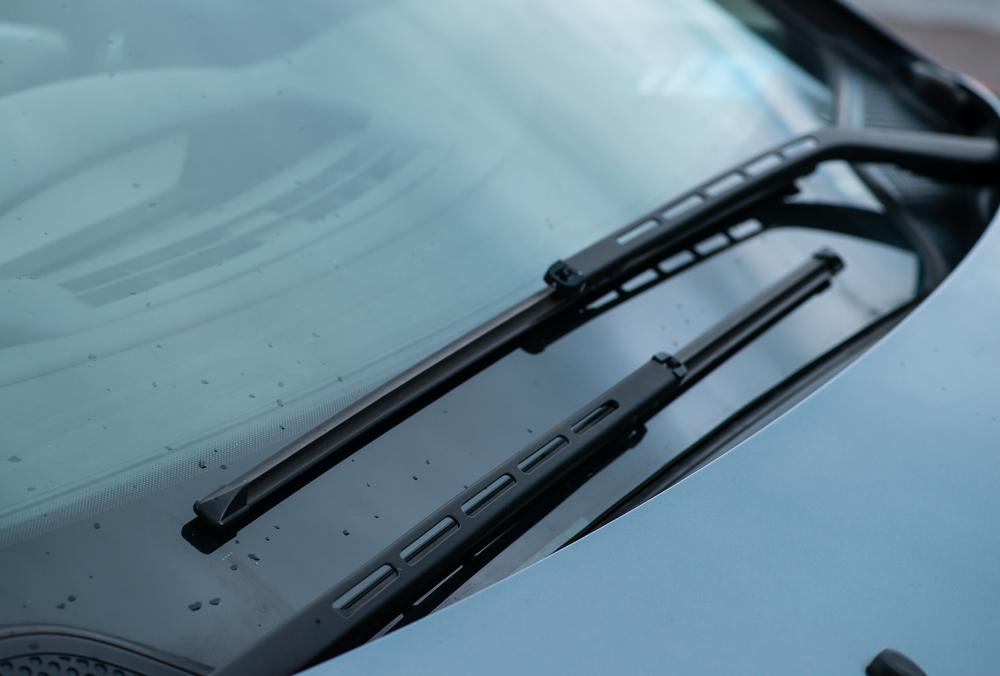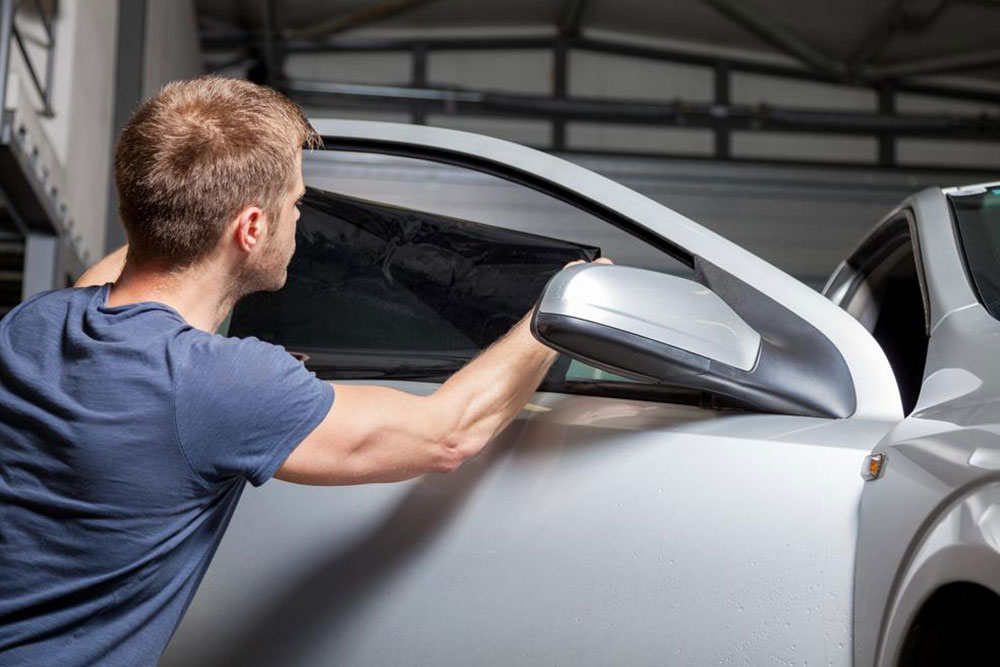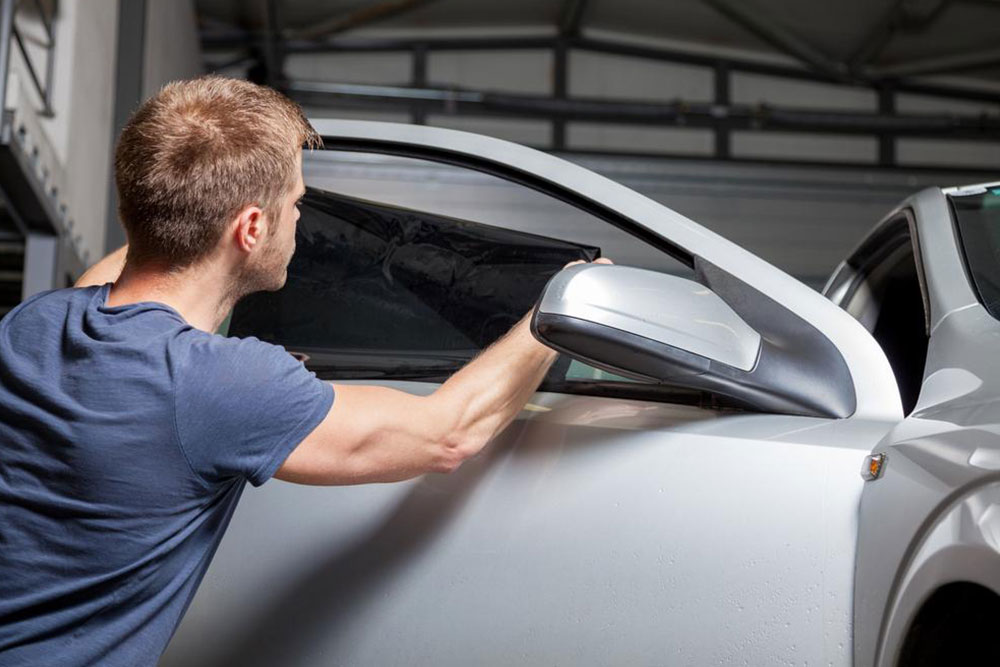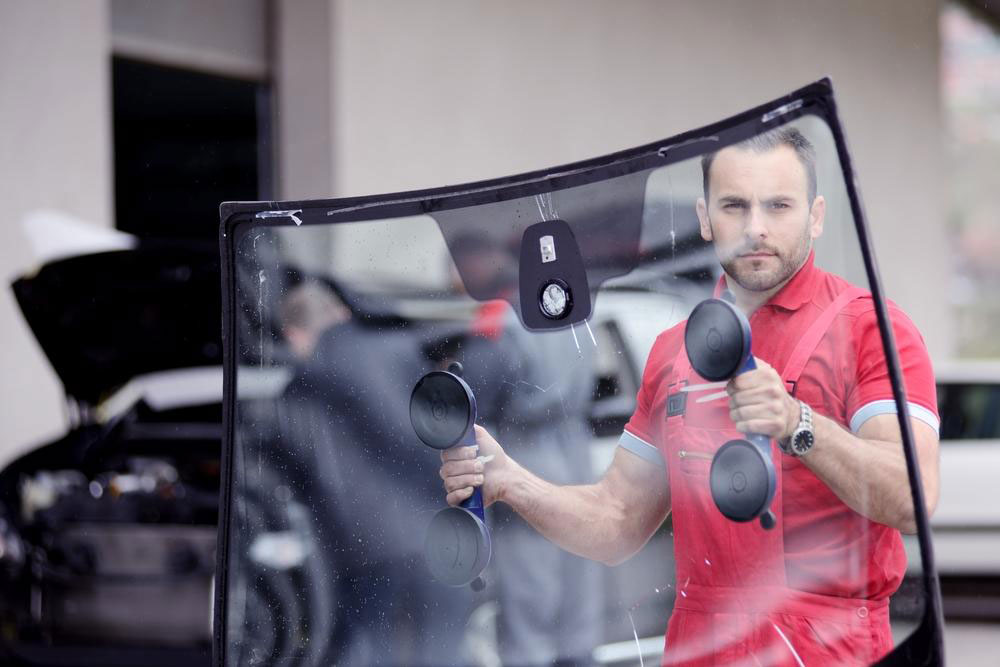Comprehensive Auto Glass Guide: Types, Safety Features, and Repair Tips
This comprehensive auto glass guide covers the different types of vehicle windows, primarily laminated and tempered glass, highlighting their safety features and importance. Learn about professional replacement procedures, costs, and safety tips to ensure your vehicle's integrity remains uncompromised. Understanding these elements is crucial for vehicle safety and accident protection, making this guide essential for all drivers seeking to maintain optimal vehicle safety standards.
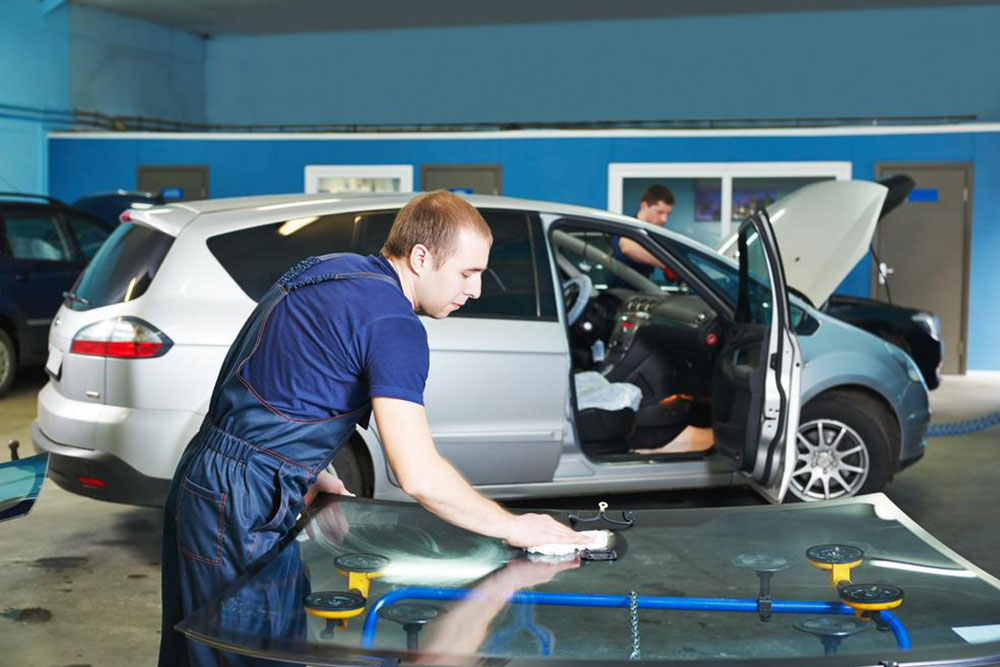
Comprehensive Auto Glass Guide: Types, Safety Features, and Repair Tips
Have you ever experienced the sudden shattering of your vehicle's windshield after a minor collision or impact with roadside debris? Many drivers are unaware of what exactly happens in such situations and how auto glass is designed to safeguard passengers. Unlike ordinary household glass, automotive glass is specially engineered to withstand impacts, minimize injury, and enhance vehicle safety.
This extensive guide explores everything you need to know about auto glass, including its types, safety functionalities, and best practices for repairs and replacements. Whether you're a new driver or a seasoned motorist, understanding the intricacies of auto glass can significantly improve your safety awareness on the road.
What are the main types of auto glass?
Auto glass is generally categorized into two primary types: laminated glass and tempered glass. Each serves different purposes within the vehicle's structure and contributes differently to safety and functionality.
Laminated Glass: Developed in the 1920s, laminated safety glass is composed of two layers of glass bonded together using Polyvinyl Butyral (PVB), a plastic interlayer that becomes adhesive upon heating. This construction forms a single, resilient sheet capable of withstanding substantial impacts.
When struck by an object or in the event of a collision, laminated glass remains largely intact, holding together to prevent shards from dispersing dangerously. Its design provides both safety and structural integrity, acting as a cushion that reduces head injuries in accidents. The windshield, the most crucial glass component of your vehicle, is typically made from laminated safety glass because of its superior safety features.
Tempered Glass: Tempered glass is produced by heating a single sheet of glass to approximately 600°C (1112°F), then rapidly cooling it through a process called quenching. This rapid cooling induces compressive stress on the surface, making the glass much stronger than regular glass.
This type of glass is primarily used for side windows and rear windows because of its ability to shatter into small, blunt pieces when impacted, significantly reducing the risk of injury. The fragmentation pattern ensures that passengers are less likely to suffer severe cuts or punctures. Unlike laminated glass, once tempered glass is damaged, it cannot be repaired and must be entirely replaced.
Understanding the differences between these glass types is essential for vehicle safety and proper maintenance.
How to Replace a Vehicle’s Windshield
Replacing a cracked or damaged windshield should always be handled by qualified auto glass professionals. DIY replacements are risky and can compromise vehicle safety. Professional technicians follow a detailed process that ensures proper installation and adhesion, guaranteeing safety and durability.
The replacement process typically involves removing the wipers, moldings, and the plastic cowl at the base of the windshield. The technician then cleans the old adhesive residue meticulously and applies a specialized urethane adhesive to secure the new windshield. This process demands precision to ensure a proper fit and seal, preventing leaks and structural weaknesses.
Costs for windshield replacement vary based on the vehicle's make and model, with insurance often covering these expenses. Driving with a compromised windshield poses severe safety risks, such as impaired visibility and reduced structural integrity during collisions. An intact windshield not only keeps debris and wind out but also contributes to the overall safety of the vehicle by acting as a barrier during accidents and preventing ejection from the vehicle.
In conclusion, understanding auto glass types, safety features, and proper repair procedures is vital for every vehicle owner. Maintaining your vehicle’s windshields and windows ensures safety, legal compliance, and peace of mind for you and your passengers. Regular inspections and prompt repairs can prevent further damage and maintain the integrity of your car’s safety systems.
